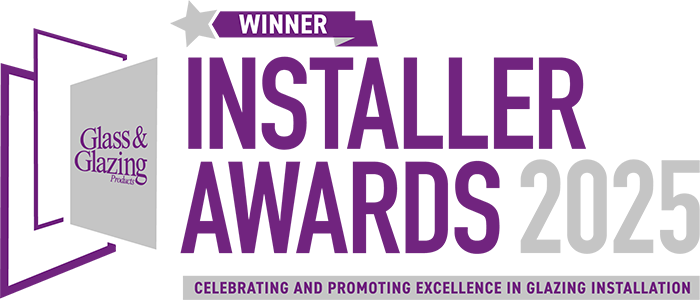‘Conservatory’ is a term most commonly used across Britain, whilst ‘Sunroom’ terminology tends to originate more from the U.S and Canada. This is probably why many people believe that they are virtually the same thing, coupled with the fact that they are becoming increasingly similar in style, design, materials and use.
Nonetheless, there are noticeable differences between the two (as well as some overlapping ones) which we have highlighted below.
Sunroom
- Included in the properties architecture, a Sunroom is like any other room in the home apart from its large number of windows.
- Considering the lack of UK sunshine (!), a British Sunroom acts as a transitional space between the home and the garden – providing homeowners with ‘the best of both worlds.’
- Sunrooms are usually built along the side and the rear/south facing side of the home to capture the most light possible, as well as to shelter from bad weather.
- Suitable for any type of home.
- Offering multi-purpose capabilities, Sunrooms generally increase the properties overall value.
- Do not require planning permission, as long as:
– it is not higher than the existing room,
– there are no balconies, verandas or porches,
– does not extend beyond 6m for semi-detached or 8m for detached,
– any side extensions are single storey with a maximum height of 4m,
– does not exceed 30m2 of living space.
- Sunrooms do not require additional requirements (e.g. plumbing considerations), which enables a level of cost certainty.
- Easy to maintain.
Conservatory
- Conservatories are made entirely out of glass or a large proportion is glazed.
- Conservatories of the 1980’s era can really only be used in Springtime and Autumn months. However modern conservatories are actually very energy efficient.
- They are generally built south facing to receive as much natural light as possible.
- In previous years, conservatories haven’t always integrated well with the original property style in comparison to a Sunroom. Albeit, there are many elaborate conservatory designs available nowadays.
- The official definition of a conservatory makes it exempt from Building Regulations, as long as a minimum of 75% of the roof and 50% of the walls are made from translucent materials.
Anyhow, these rules are not as strictly enforced these days, for example, you can add a solid roof to your conservatory if you wish.
For those who prefer clean, understated lines of Mediterranean Sunrooms, the lean-to conservatory is a good choice. Lean-to conservatories for homes in Swindon, Bristol and Reading from Emerald are also a great option for those with limited space, as they can be fitted with roofs with varying pitches to suit any type of house and multiple roof heights. Or if you have a larger modern home, you could utilise the innovative design of a Reverse Lean-to / Sunroom.
Have a browse through our conservatory products online or if you’re in (or near) Swindon then please visit our showroom today.





